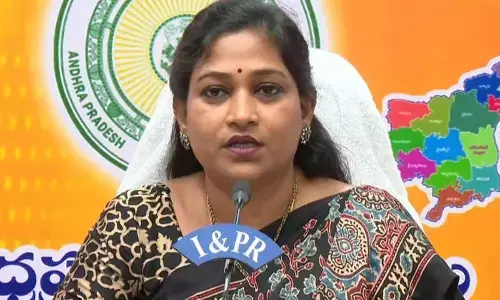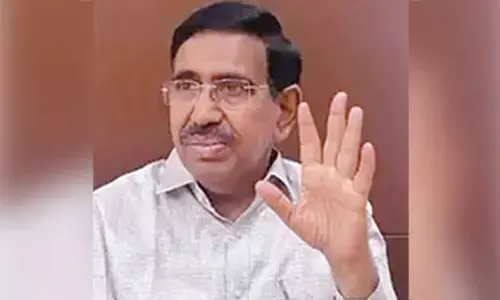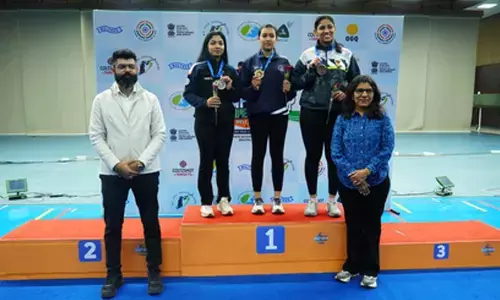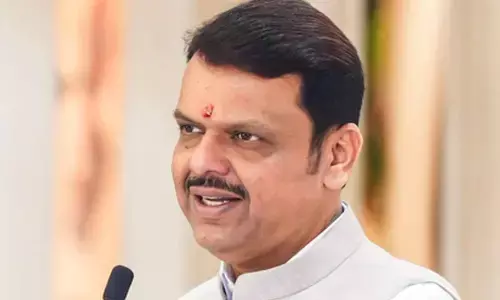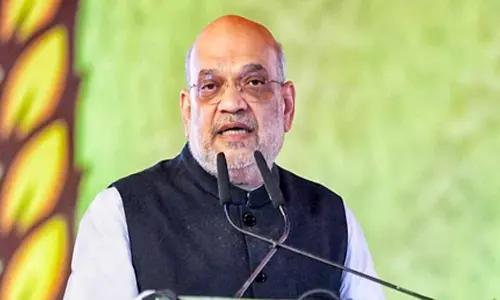Bengaluru’s Water Future
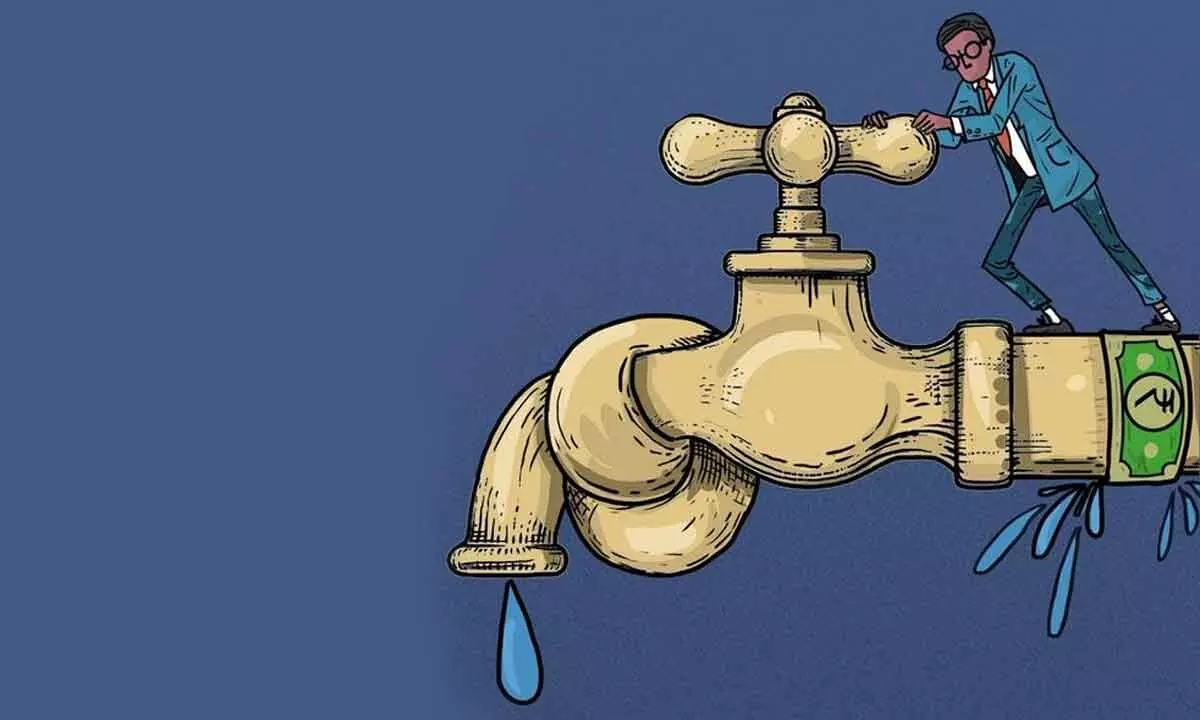
Water supply must be affordable. Only then can it be sustainable
If city managers accept that aquifers are a critical source of drinking water and make it part of the city’s water-secure future, it will change the equation. The question then would be how groundwater can be used sustainably. This is where the answer of recharging through rainwater becomes the real kicker. Conservation of lakes, and not just cosmetic beautification, becomes a necessity. The fact is, lakes and other waterbodies are sponges of a city; they hold excess rainwater and recharge the groundwater for times of scarcity
I wrote last time how Bengaluru’s water crisis is human-made. This crisis is not about the lack of water, but about how the city managers have invested in a system that is both capital- and resource-intensive and how this leads to unsustainable water supply and inadequate sewage management. This crisis is then exacerbated by climate change, which is adding to greater variability in rainfall and extreme rain events. What, then, is the way ahead?
The key to a water-secure future for Bengaluru, and indeed for all our cities, is that water supply must be affordable. Only then can it be sustainable. In the case of Bengaluru, water is sourced from the Cauvery, some 100 km away, pumped up and transported. This means the cost of water is high. Worse, the longer the distance, the more is the water leakage. In the case of Bengaluru, water leakage is roughly 50 per cent. In Delhi, which also sources its water from a distance and then transports it across the length and breadth of the city, the loss is a whopping 60 per cent. This means, the water that is finally available after leakage or loss, is even more expensive to supply. This also means, industries and households either do not get the supply as the agencies cannot invest in new pipelines; or, if the cost of water is high, they prefer to look for other options—from tankers to digging borewells. In Bengaluru, it is estimated that half the water supply comes from its underground aquifers.
The problem is, groundwater is not accounted for—the water and sewage boards discount its usage because they do not control its supply. In most cases, they do not even have any estimation of how much water is being sourced from below the ground, as against the “officially” supplied and billed water. The only way to do the math is to estimate the water demand of the city—this is done on a per capita basis, assuming a quantity for each person’s requirement in different classes of cities. Bengaluru and Delhi, for instance, have recommended water supply of 150 litres per capita per day and 15 per cent over and above this, for leakage. The gap between the “official supply” and demand is then assumed to be from groundwater. But this is often underestimated because the massive losses are not measured. In the case of Bengaluru, the gap is 50 per cent; it will be safely 60-70 per cent after accounting for water leakage. This is where the opportunity lies. If city managers accept that aquifers are a critical source of drinking water and make it part of the city’s water-secure future, it will change the equation. The question then would be how groundwater can be used sustainably. This is where the answer of recharging through rainwater becomes the real kicker. Conservation of lakes, and not just cosmetic beautification, becomes a necessity. The fact is, lakes and other waterbodies are sponges of a city; they hold excess rainwater and recharge the groundwater for times of scarcity. As climate change raises the specter of more rain in fewer days, all cities will need to drain their flood. If cities do this in a way that helps recharge their aquifers, they can survive prolonged periods of water scarcity and drought.
Bengaluru, like most other cities of India, had an intricate system of lakes, so that the overflow of one would spill to the next and then the next. But this was studiously discounted because our highly trained water managers only focus on “big” engineering solutions of transporting water in pipelines. The city, over the past many decades, has been fighting a battle to protect its waterbodies—but losing to land development and also to pollution. The 2011 report on lakes submitted to the state high court estimated that there were 189 lakes in Greater Bengaluru and said that not only the lake but even the catchment and drainage need to be protected—without any real success. Lakes can be protected only if they become part of the water-wise futures of our cities. If Bengaluru did not have the mirage of bringing water from 100-km away Cauvery, it would have invested in the protection of its local water systems—from rainwater harvesting to lake conservation. These would then have been part of the water supply infrastructure, making water supply less expensive and thus more affordable. This, in turn, would have required water boards to rework the paradigm of sewage management so that the wastewater could be intercepted locally, taken to treatment plants and then used to recharge lake water. The fact is, we discharge as much as 80 per cent of the water that is supplied as sewage. Its availability is more secure than water transported over distances. This is why excreta matters. But all this requires changing the mindset of our water managers, and I am not sure how many more droughts this will take.
(Writer is Director General of CSE and editor of Down To Earth, an environmentalist who pushes for changes in policies, practices and mindsets; https://www.downtoearth.org.in)








